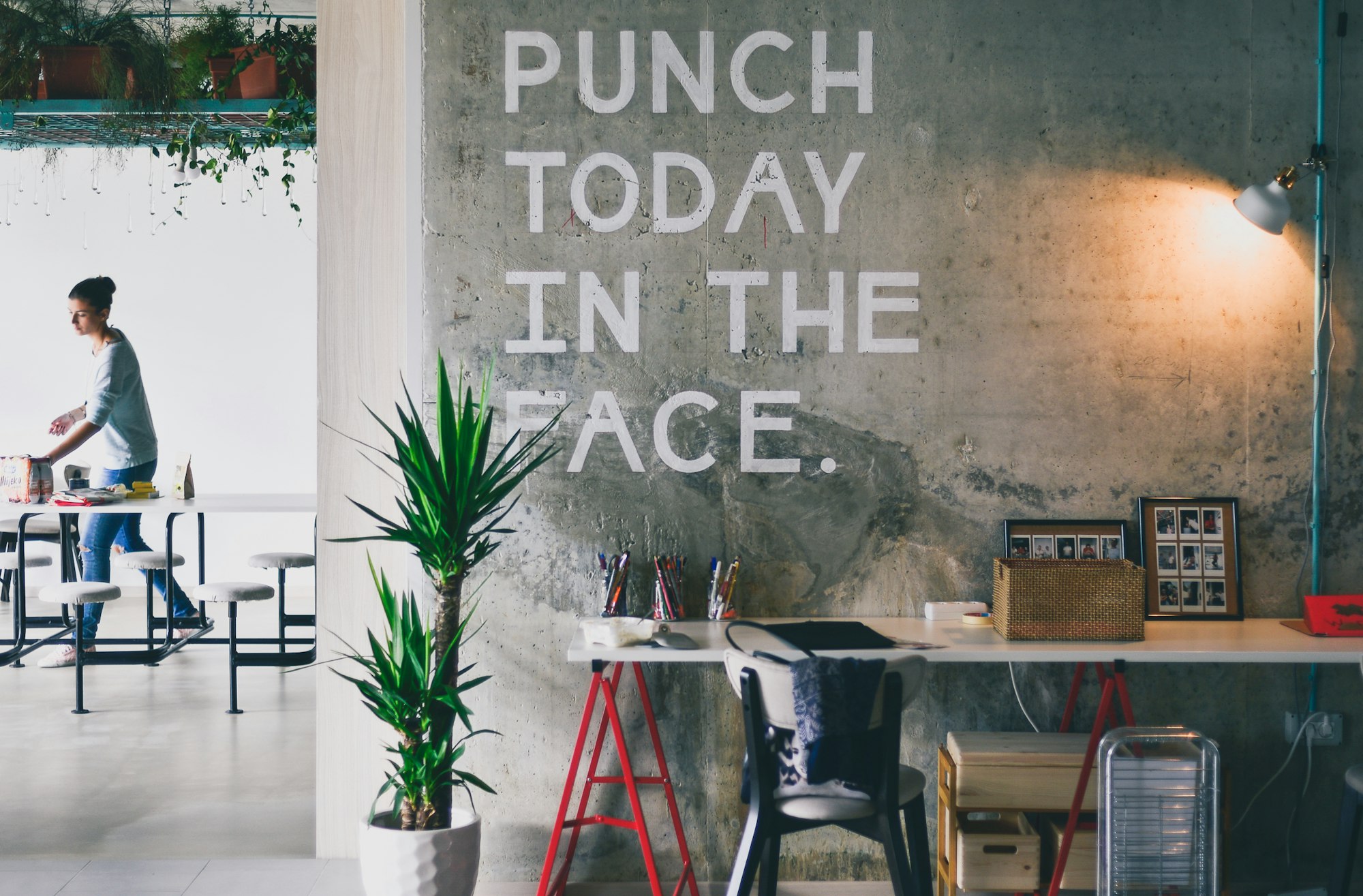The dreamlike, figure-filled canvases of the German artist Neo Rauch defy conventional interpretations. Mr. Rauch, 60, grew up in communist East Germany, and his work draws on socialist-realist motifs as well as Surrealism, Romanticism and comics.
His paintings are filled with people laboring away at confounding tasks, wearing outfits that vaguely suggest uniforms, in the midst of composite, indefinable cityscapes. After the collapse of communism, his work made an international splash and helped to turn his hometown of Leipzig into a center of figurative painting.
For Philippe Starck, the A-list French architect and designer, Mr. Rauch is a daily source of inspiration. Over the last 15 years, Mr. Starck says, he has surrounded himself with reproductions of Mr. Rauch’s paintings, which he likes to rip out of books and tape on walls. “I never go to art galleries or museums, but I make my own Neo Rauch museum,” he said from the remote Portuguese retreat where he is seeing out the Covid-19 pandemic. He describes Mr. Rauch’s mysterious compositions as “fertile soil” for his own imagination.

In five decades of work, Mr. Starck, 71, has created everything from sculptural faucets and fanciful thermoses to trendsetting hotel lobbies and a baker’s dozen or two of museum-worthy chairs. Among his most recent creations is the crew quarters for the world’s first commercial space station, currently being developed by Axiom Space, Inc., an American space-tourism company that plans its first launch in 2024. The quarters will offer passengers a womb-like lounge with hundreds of LED lights that change colors in response to the occupant’s mood or command.
Mr. Starck is known for his furniture designs, including his Louis Ghost chair for the Italian company Kartell. First released in 2002, it reimagines the classic Louis XVI style in a single piece of transparent plastic.
But according to Paola Antonelli, senior curator in the architecture and design department at New York’s Museum of Modern Art, Mr. Starck’s major accomplishments are his indoor spaces. “He changed the way we perceive interiors,” she says, citing two of his celebrated hotel projects, Miami Beach’s Delano and London’s St. Martins Lane.







